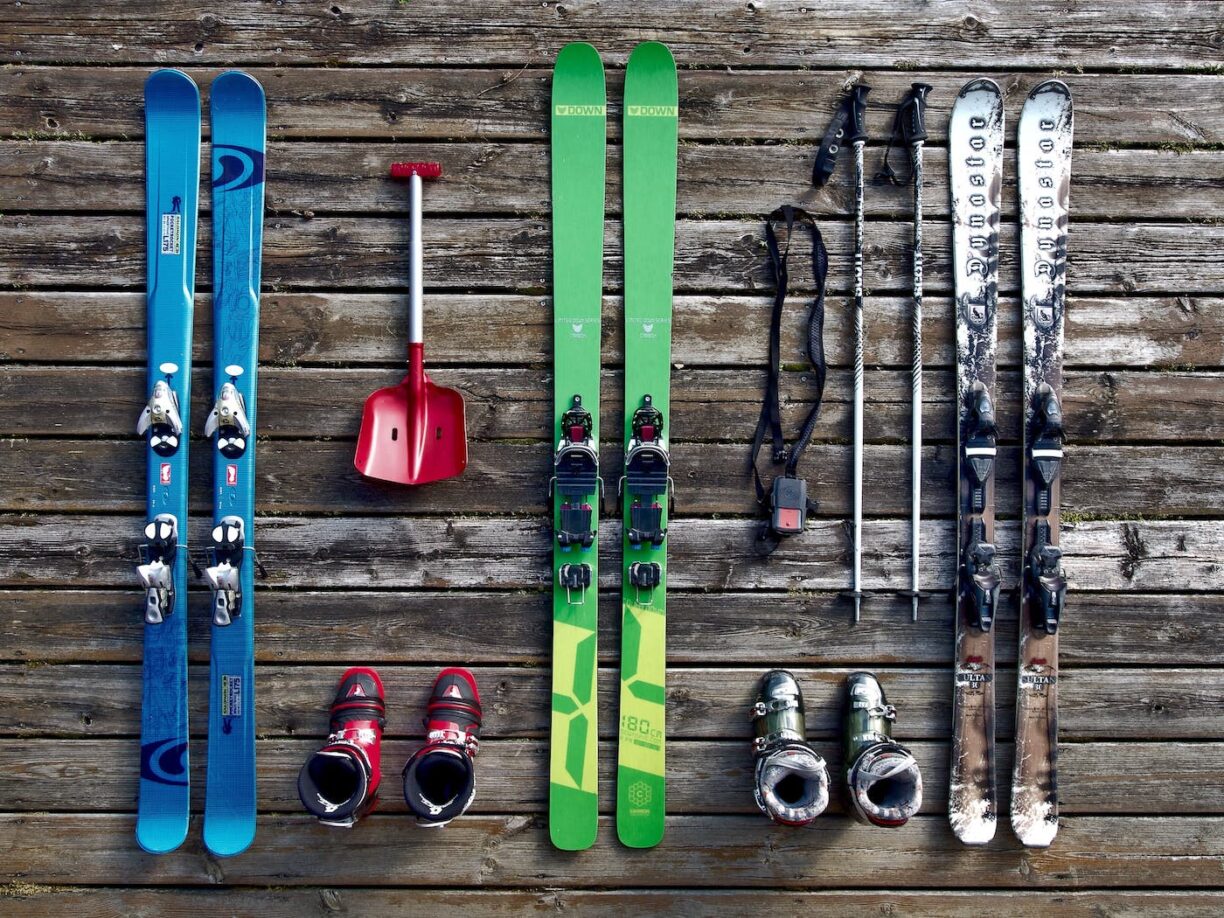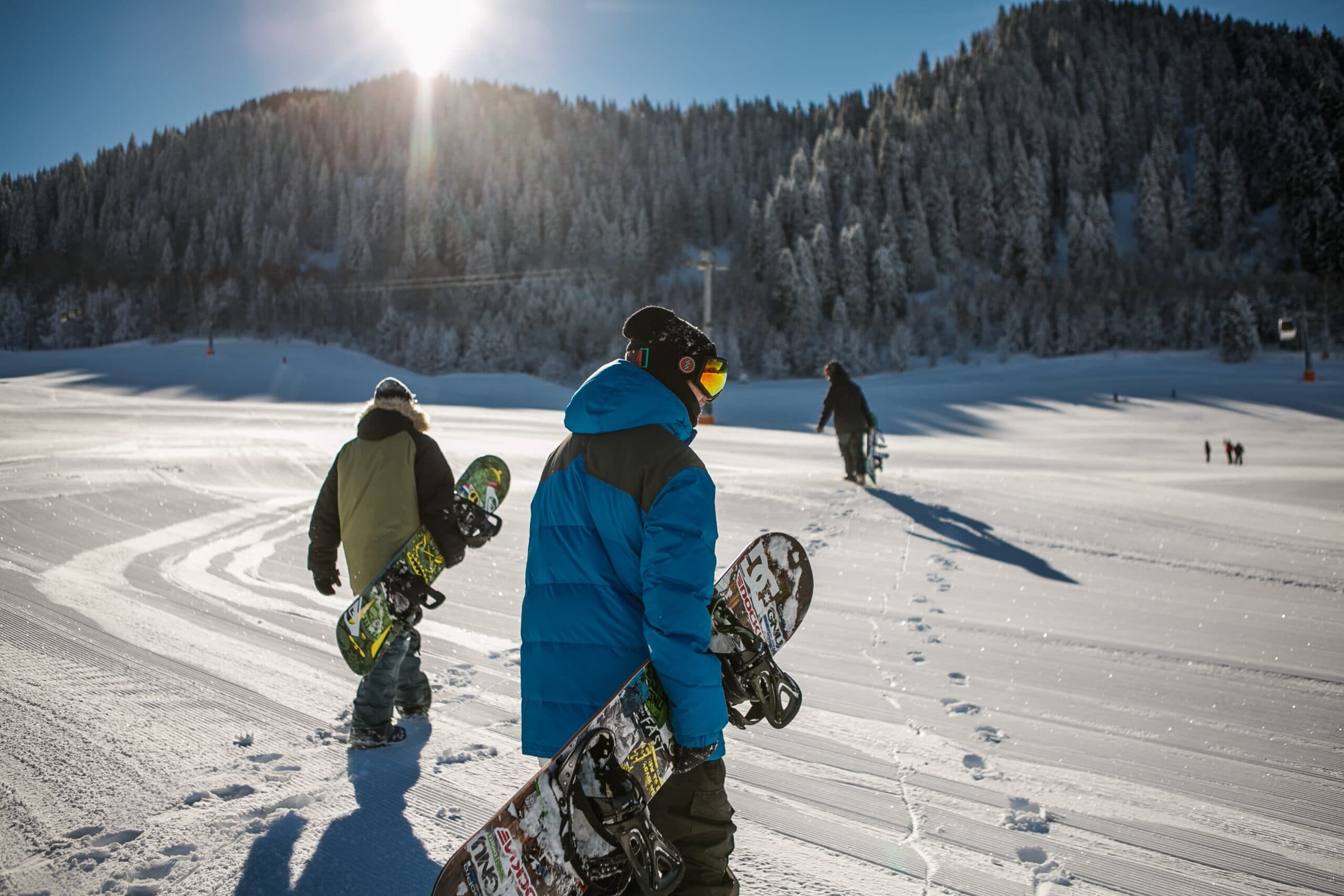The world of extreme winter sports has always been somewhat of an unknown realm, a dark art if you will. Mystery and intrigue have surrounded the likes of snowboarding, skiing, and ski jumping — to name just a few.
For most looking from the outside in, the questions posed towards anyone involved have been ones like “how do you get involved in such a thing?”, or, similarly, just statements like “you’d have to be mad.”
That said, in 2020, with summer sporting events cancelled as a consequence of the coronavirus pandemic, more people are turning to winter sports as an opportunity to escape the reality of the current situation.
And with the winter Olympics approaching, interest in snow sports is at an all-time high. Younger people are looking for new experiences that appeal to their adrenaline-seeking nature.

As more and more of us decide that we’re going to embark on extreme winter sports, whether as a hobby or a newfound calling, we thought we’d look at what it takes in terms of fitness to be able to succeed. You want to make sure to get the right gear as well such as the best powder snowboard if that is the style of boarding you enjoy.
The thought of winter sports can be daunting, especially when reviewing footage of the likes of Katie Ormerod, the world-champion snowboarder and the first female snowboarder to land a double cork 180.
The first point worth noting is that these athletes, despite not being marathon runners, boxers, or cross-fit champions, are at the peak of their physical fitness. Let’s delve into what extreme sports fitness involves…
Skiing
This winter sport is a full-body workout! There are many variations of the sport, including downhill and cross-country racing. Effectively, you want to get from one place to another as quickly as possible using the power of your legs and arms.
Alongside creativity and cunning, to succeed and more importantly stay safe in competitive skiing, you’ll need to display sheer physical strength and ability.
A combination of cardio and resistance training, skiing is the ideal full-body workout, engaging almost every muscle you can think of.
Alongside being a guaranteed method of weight loss, skiing can help boost your mental aptitude, as it requires quick thinking and an abundance of new skills.
General cardiovascular fitness is required – improve this through a mixture of long (5-10k) runs and short (1-3k) runs. Develop upper body strength with functional calisthenic exercises like pull-ups and press-ups.
Your lower body muscles are also required for that explosive power when pulling yourself along the snow track. You can build your adaptive leg strength through exercises like squats and lunges.
If you’re not ready for any competitive skiing, you can always practice your abilities during the gap year ski season, regardless of your fitness level.
Snowboarding
It’s a common misconception that snowboarding requires lower body strength and nothing else – this couldn’t be further from the truth.
Strengthening your legs, however, should be your first port of call. Draft in high-rep sets to build your quad muscles.
Squats are the holy grail when it comes to developing your quad muscles, but don’t just use one variation – you need to stress the muscle to help it advance. Barbell squats, Bulgarian squats, body squats, box squats, goblet squats, and single-leg squats should all be incorporated into your training plan.
Lunges offer similar benefits to squats, but also encourage balance and core strength. Calves, meanwhile, should also be a focus point.
Easy to train through the likes of calf raises, not only will strengthening muscles in this area help improve your calf strength, it will also increase your ankle mobility, crucial for those sharp twists and turns.
Head of physical preparation for the Dutch Olympic ski and snowboard team Robert Walsh notes that you should try standing exercises with “rotational, flexion or extension-type patterns, using both accelerative and decelerating force (medicine ball rotational wall throws, catches and smashes and landmines).”
Walsh also points to exercises that can help prepare you for the inevitable fall, such as Judo or Jujitsu.
Speed Skating
When you think of speed skaters, your mind will probably take you to images of precarious fingers hanging far too close to other competitors’ blades when speeding around the bends.
The speed at which these athletes navigate ice rinks would put any spectator on the edge of their seat, appreciating the power of the legs to balance their bodies at speeds of around 31 miles per hour.
The agility and power of speed skaters is a well-earned discipline — their exercise regimes focus on back and core strength. Fast, twitching muscles are essential for garnering speed and power.
But what exercises do you need to focus your attention on?
Speed skaters will focus on a few key aspects of their fitness. Before you throw yourself down the ice rink at high speeds, consider your speed, agility, and ankle strength by using a jump rope.
Ladder drills are also important for developing fast-thinking and efficient movement. In essence, there is mental fitness as well as physical fitness to this sport.
If you’re unsure of what you’re doing, its best to call upon the help of a professional speed skating trainer to help you out.
Leg strength is also essential for these athletes. Plyometric jumps are perfect for building muscle in both the legs and the core. Explosive power can be improved by starting in a partial squat position, jumping off the ground, and landing on the highest box you can.
Keep reps low to begin and then start to work up as you see a development in your strength and form. You’ll be speed skating in no time.
While a lot of people have improved their fitness during 2020, the next year is your opportunity to hone your skills. Touch upon these handy exercise tips today and make your dream winter sport a reality!
